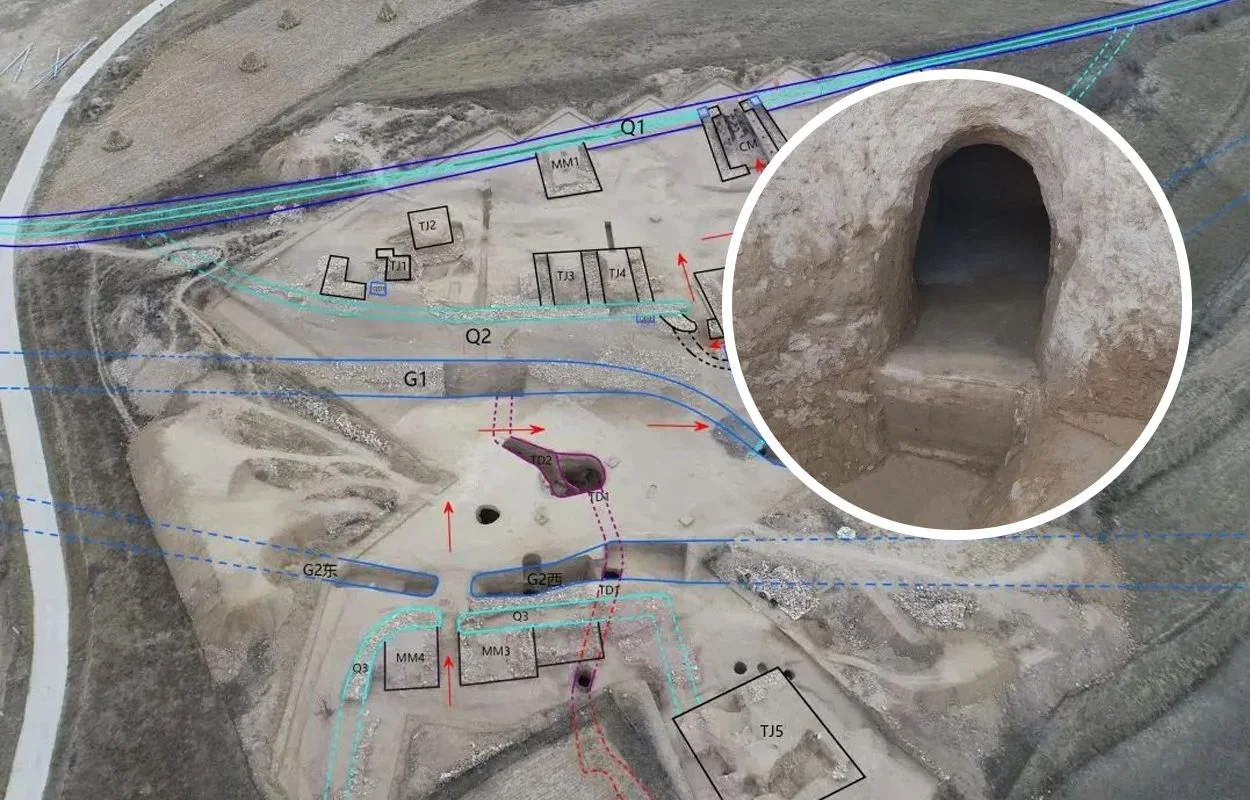Archaeologists excavating at Houchengzui in the Inner Mongolia Autonomous Region have uncovered a network of ancient tunnels.
Houchengzui, also known as Houchengzui Stone City, is an archaeological site located on the northern shore of the Hun River within Qingshuihe County, situated in the Mongolia Autonomous Region.
Previous excavations have dated the city to around 4,300 to 4,500 years ago during the Longshan period, which saw the emergence of late Neolithic societies such as the Black Pottery or Longshan culture.
Encompassing approximately 341 acres in an oval layout, Houchengzui consists of both an inner and outer city, fortified by a triple defensive system comprised of trenches and walls.
According to an announcement by the Institute of Archaeology, Chinese Academy of Social Sciences (CASS), excavations have revealed a network of underground tunnels, which were used as an ancient transportation network and also provided a defensive and offensive purpose.
A total of 6 underground tunnel passages were discovered at a dept of between 1.5 to 6 metres, which are distributed in a radial pattern from the city centre. The tunnels have an arched ceiling, similar to cave dwellings from the Longshan culture, and measure around 1 to 2 metres in height by 1.5 metres wide.
According to Sun Jinsong, director of the Cultural Relics and Archaeology Academy of Inner Mongolia, the surrounding moats as well as the outer defensive perimeters (known as barbicans) were the focus of recent research.
Excavations also uncovered three city gates, namely the main city gate (CM1), the urn city gate (CM2), and the outer urn city gate (CM3). The main city gate is located in the middle of the outer city wall and is rectangular in plan with a doorway flanked by earthen platforms on either side.
Archaeologists also found other defensive structures, including city walls and bastions-structures that project outward from the walls to allow defensive fire in different directions.
Header Image Credit : CASS





